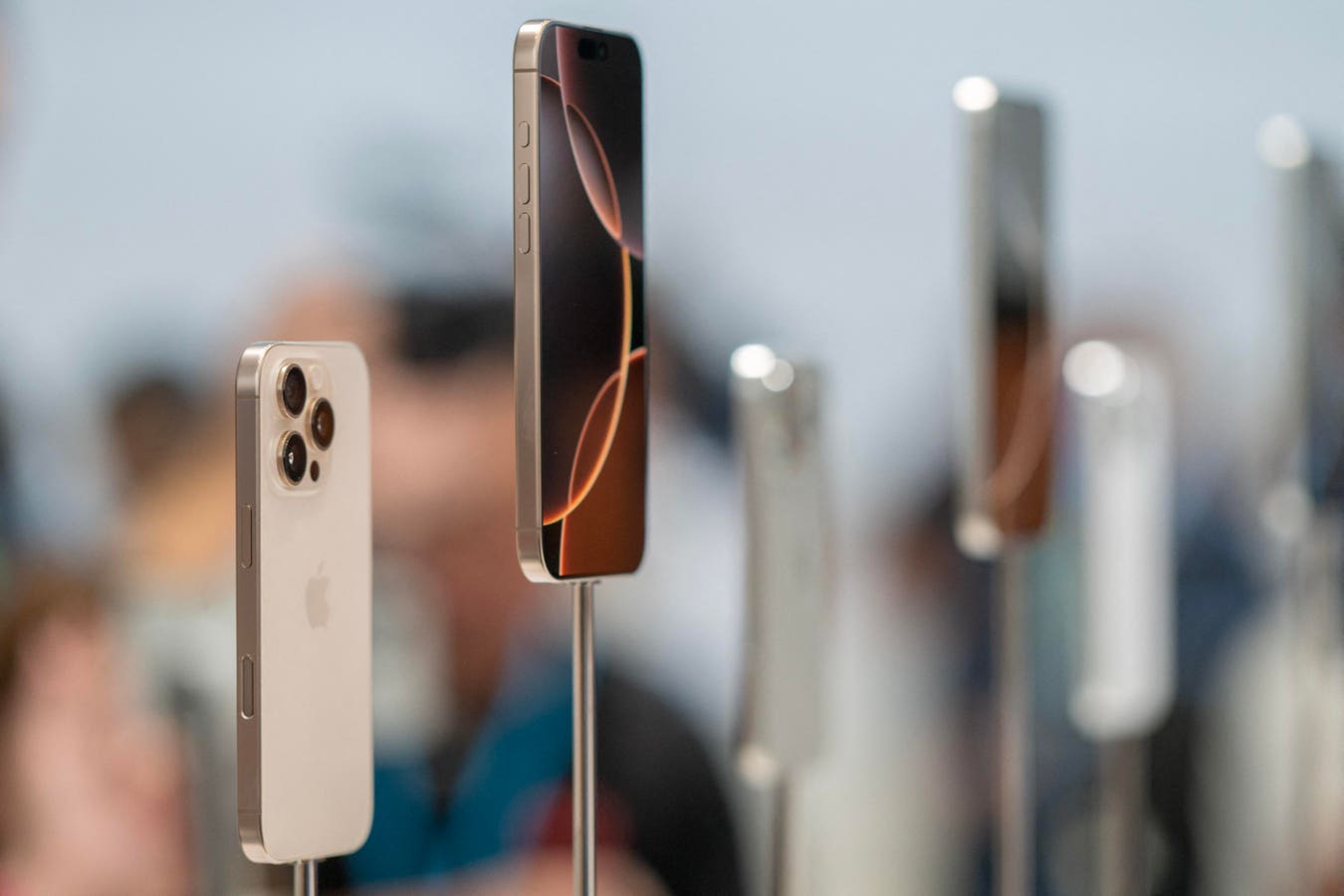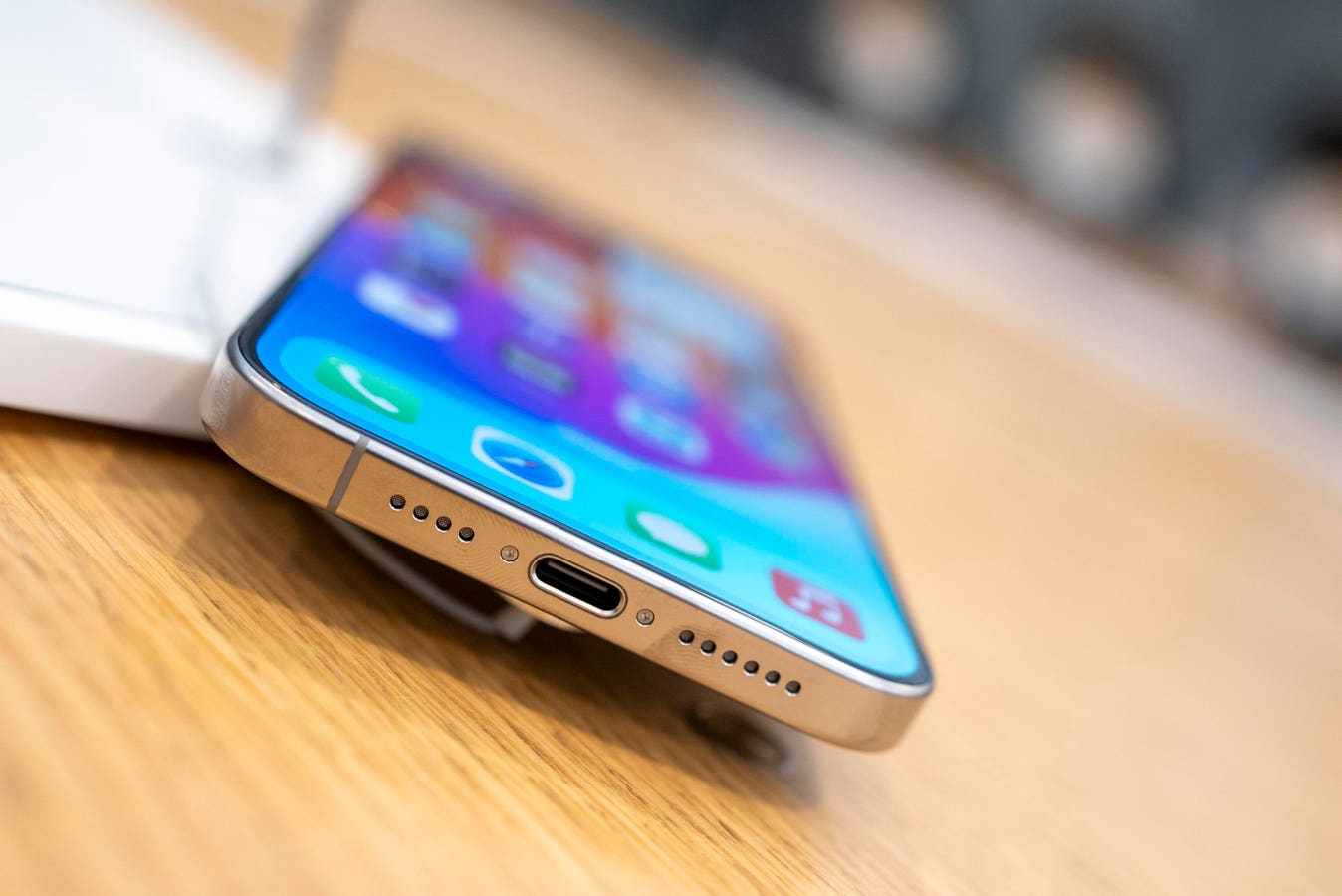If you own an iPhone, you probably think it’s more secure than Android. After all, Apple’s operating system iOS is much more closed off than Android — it’s not called a “walled garden” for nothing.
But Apple iPhones aren’t more secure in every way. In fact, users of the iOS operating system are much more at risk of so-called phishing attacks, according to the Lookout Annual Threat Landscape Report.
Apple iPhones aren’t more secure than Android, in fact users of the iOS operating system are much … More
The figures are quite eye-opening. Lookout’s report observed that 26% of iOS devices were targeted with phishing attacks versus Android users (12%) in 2024.
Phishing is a type of attack where an adversary sends a link or attachment over email or SMS, with the aim of tempting you to open it and download malware or give out your sign ins.
Jake Moore, global cybersecurity advisor at ESET suggests this type of attack is more frequently aimed at iPhone users because the Apple App Store is more secure than Android. “Malicious and Trojan apps are usually spotted by App Store security so, therefore threat actors have to rely on phishing attacks to bypass app malware protection,” he says.
Phishing attacks use social engineering, which relies on tricking people rather than getting past technical controls. For attackers, this means they can be easily relied upon and target people “in their masses,” says Moore. “It also means that it does not matter which operating system the victims are using or even what device they use,” he adds.
The latest iOS figures follow a trend over the last year. In Dec. my colleague Davey Winder reported the Q3 2024 stats which showed that iOS devices are targeted by threat actors in 18.4% of phishing attacks, with Android devices at just 11.4%
Other Risks To Mobile Security
The report also looked into others risks to mobile security, focused on an enterprise environment.
The report found 427,000 malicious apps on enterprise devices, varying widely from infostealers to sophisticated spyware. The vast majority of malware discoveries were classified as trojan malware, followed by surveillanceware and adware.
The most critical families of mobile malware continued to lean heavily towards Android surveillanceware.
What To Do To Prevent iOS Phishing Attacks
With iPhone users targeted more often, it’s important to be able to recognise phishing attacks so you can ensure you don’t fall for them.
To reduce the risk landscape, users must therefore remain cautious with links, even in trusted apps such as messages or emails, says Moore. “These links will usually request sensitive information so it’s vital people verify all links.”
Organisations themselves should also think about deploying mobile security tools that help detect phishing across all channels, not just email, Moore advises.








